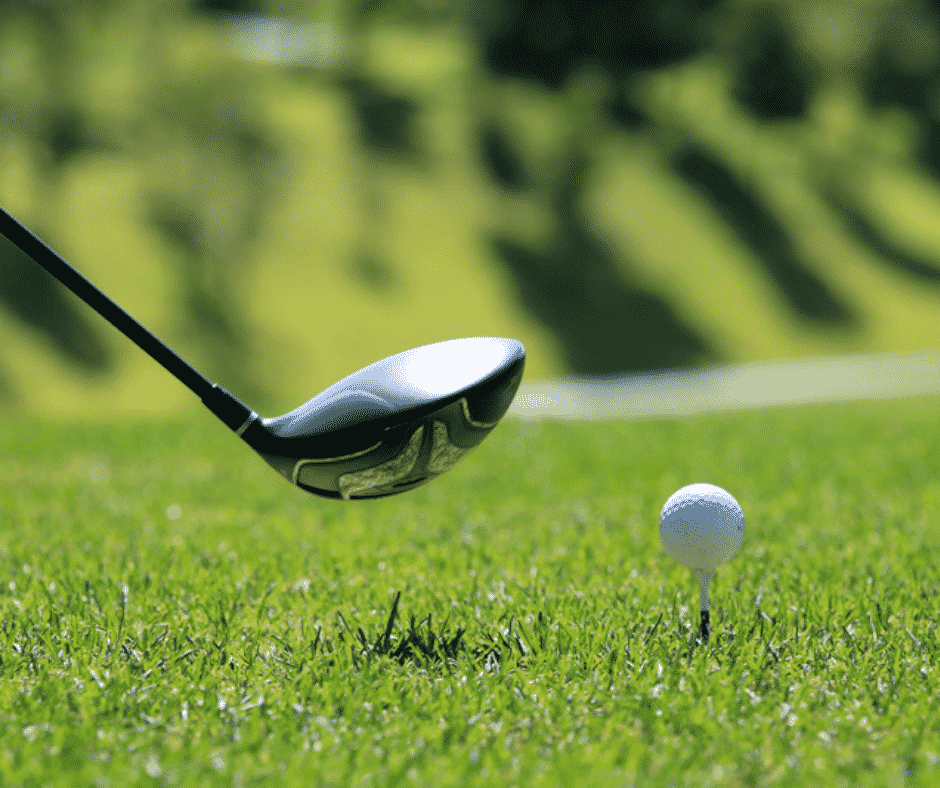Laser Tech Rangefinders Gather Golf Statistics in Real Time
Not only do we have all these wonderful views of the action, but statistics are being gathered in real-time as play commences. The data flowing in to be recorded, displayed, and analyzed. One of the first technologies used at the tournaments were simple 2-way radios.
These radios were operated by scorers walking with the groups, who could immediately call in their players’ scores upon completing a hole. This information was picked up by workers at the handful of manual scoreboards scattered around the course, who quickly changed them for the benefit of fans and players alike. This modest improvement in communication accelerated the speed at which this important information could be revised.
Today, there are electronic scoreboards on the course, with multi-colored, LED displays announcing the leaders, the golfer currently playing on the hole, and all sorts of statistics on them. This data is updated as it comes in wirelessly from volunteer workers stationed all over the grounds, both those traveling with the players and those set up on each individual hole. The basic information being collected is the score on the hole for each player and the length of their drive off the tee.
This distance then provides what they have remaining for the approach shot to the green. Also recorded is where their ball lands on the green surface, which, knowing the location of the hole for that day, allows the lengths of the putts they attempt to be measured. So, literally, every shot for every player in the tournament is being recorded in some way!
This data not only feeds the television program with all sorts of interesting information for the viewer, and they can be analyzed by players to improve their training and performance. It is also consumed by tournament directors to assess the challenge the course has provided and to help them evaluate making any changes for the next event.
Modern Tech Evolves Golf Statistic Gathering Methods
The technology used to locate each player’s drive off the tee as it comes to rest in the fairway, or wherever it may land, has seen an evolution over the years as well. From the early days of estimating a location on a grid diagram (still used as a check today), it evolved into setting a known location in an advantageous spot in the rough next to the landing area, with conventional, optical surveying instruments. From this known location an “offset” measurement is taken to the ball location, consisting of direction and distance. Applying these dimensions to the reference location yields an accurate location for the ball; and from this, all the yardages can be calculated.
Today, the real-time GPS antenna has been stripped away from the system, creating an even simpler workflow for the volunteer. The GPS is used once at the start of the day to mark the position, so all the operators need to worry about is the laser rangefinder and a tablet. Laser Tech’s new TruPulse 360°R is now the laser rangefinder of choice, which not only provides enhanced operation and accuracy for the client but is ruggedized and waterproof to handle the rigors of a 4-day tournament, nearly every week of the year.
This combination of technologies: using the GPS to know where you are and the laser to locate objects where you are not, demonstrates how implementing hi-tech tools can greatly enhance a game as simple as golf. They improve the game not only for the knowledge and pleasure of the spectators but for the athletes themselves in competition out on the field of play.

